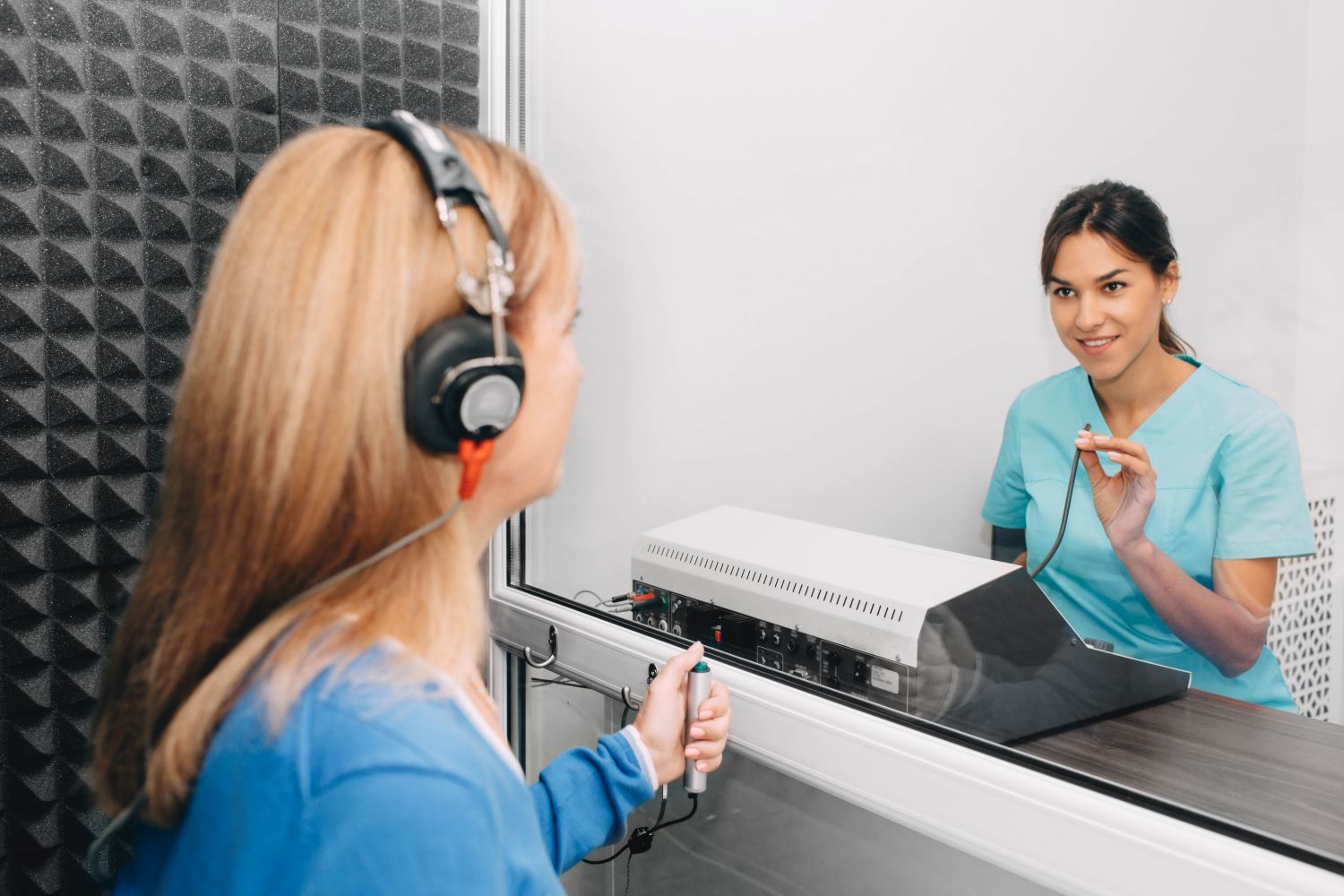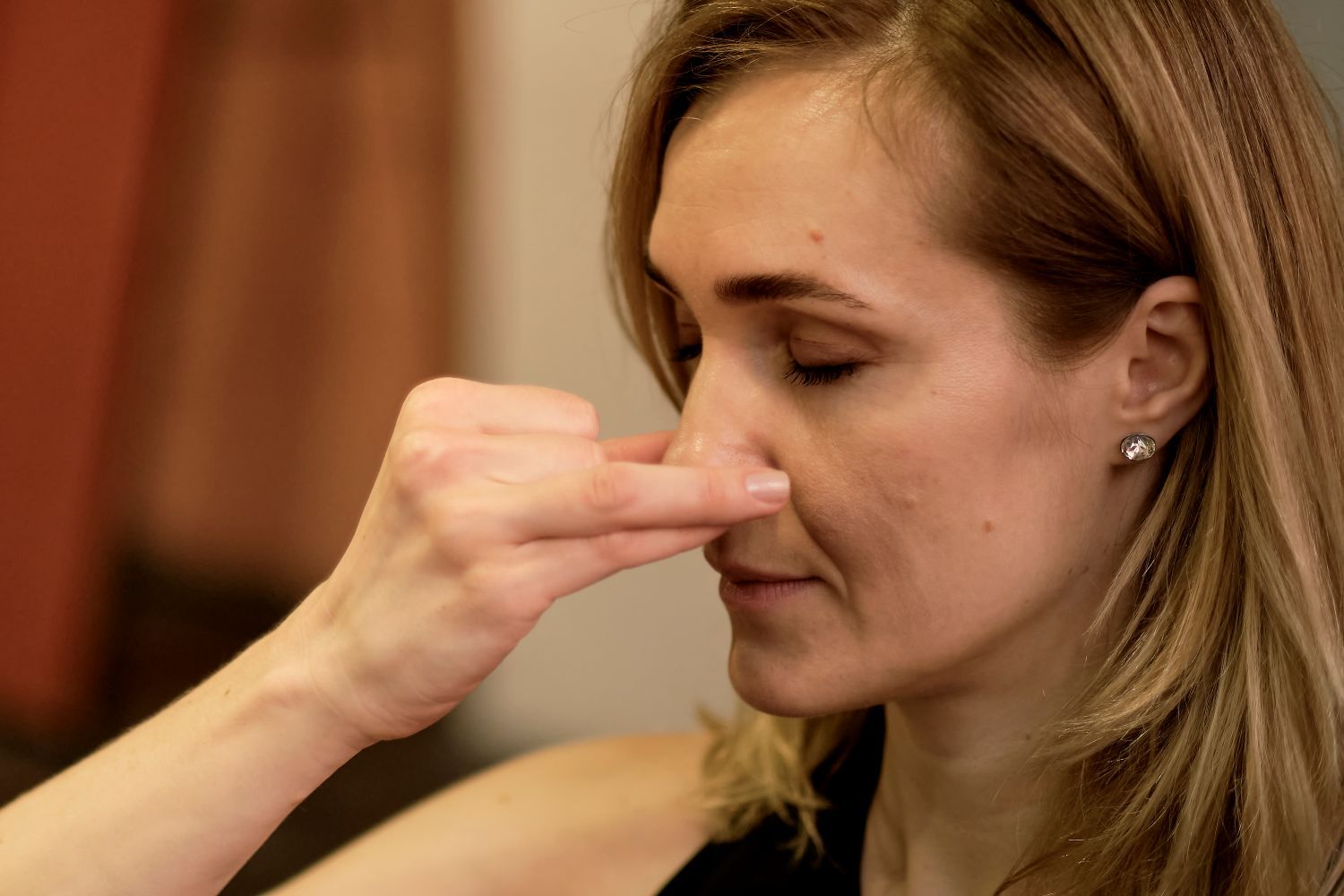How to Get Rid of Laryngitis
Laryngitis is a common condition that causes inflammation in the larynx, also known as the voice box. Symptoms include a hoarse voice, a sore throat, and sometimes a fever or coughing.
Before we dive into effective ways to manage laryngitis, let’s first discuss how long this condition typically lasts.
How Long Does Laryngitis Last?
There are two main categories of laryngitis: acute and chronic.
- Acute laryngitis is the most common type and develops suddenly, often alongside a cold, flu, or upper respiratory infection. Vocal strain from overuse or yelling can also cause acute laryngitis. It usually lasts less than three weeks.
- Chronic laryngitis, however, lasts for weeks or even months, and persistent irritants like smoking, allergies, or acid reflux are often the cause. Unlike acute laryngitis, which resolves with treatment for a viral infection, chronic laryngitis results from ongoing exposure to these irritants and requires longer-term management.
Tips for Managing Laryngitis
Rest Your Voice
Avoid talking or whispering as much as possible to give your vocal cords time to heal. Whispering can strain the voice even more than normal speaking, so complete vocal rest is best.
Stay Hydrated
Drinking plenty of fluids is important for recovering from laryngitis. Water helps keep the throat moist and reduces irritation. Warm teas, especially those with honey and lemon, can soothe the throat and provide relief.
Use a Humidifier
Keeping the air moist with a humidifier can help alleviate the dryness and irritation in the throat. This is especially helpful if you live in a dry climate or use heating systems that dry out the air.
Over-the-Counter Remedies
Over-the-counter pain relievers like ibuprofen or acetaminophen can help reduce throat pain and inflammation. Throat lozenges and sprays can also provide temporary relief. Consult your doctor or pharmacist before choosing any medication.
Avoid Irritants
Stay away from irritants like smoke, alcohol, and strong chemicals. These substances can further irritate the larynx and prolong the healing process. If you smoke, consider quitting, as smoking can cause chronic laryngitis.
Gargle with Salt Water
Gargling with warm salt water can help reduce inflammation and soothe the throat. Mix a teaspoon of salt in a glass of warm water and gargle several times a day.
When to See a Doctor
If your laryngitis symptoms don't improve within a week or two, or if you experience:
● Fever above 101°F (38.3°C)
● Difficulty breathing or swallowing
● Blood in your phlegm
● Severe earache along with a sore throat
These could be signs of a more serious underlying condition. It's best to consult a doctor for a proper diagnosis and treatment.
Preventing Laryngitis
Here are some tips to help prevent laryngitis:
● Frequent handwashing helps prevent the spread of viruses that can cause laryngitis.
● Avoid secondhand smoke and air pollution.
● Limit alcohol and caffeine intake, which can dehydrate you.
● If your job requires a lot of talking, learn vocal hygiene techniques to prevent strain on your voice.
● Allergies can irritate your throat and contribute to laryngitis, so make sure to manage them effectively.
Are you worried about your persistent laryngitis? You don't have to wait for your voice to recover on its own. Our board-certified ENT specialists at ENT Medical and Surgical Group can diagnose the cause and create a personalized treatment plan to get you back to speaking clearly and confidently. Contact us today to schedule an appointment.













